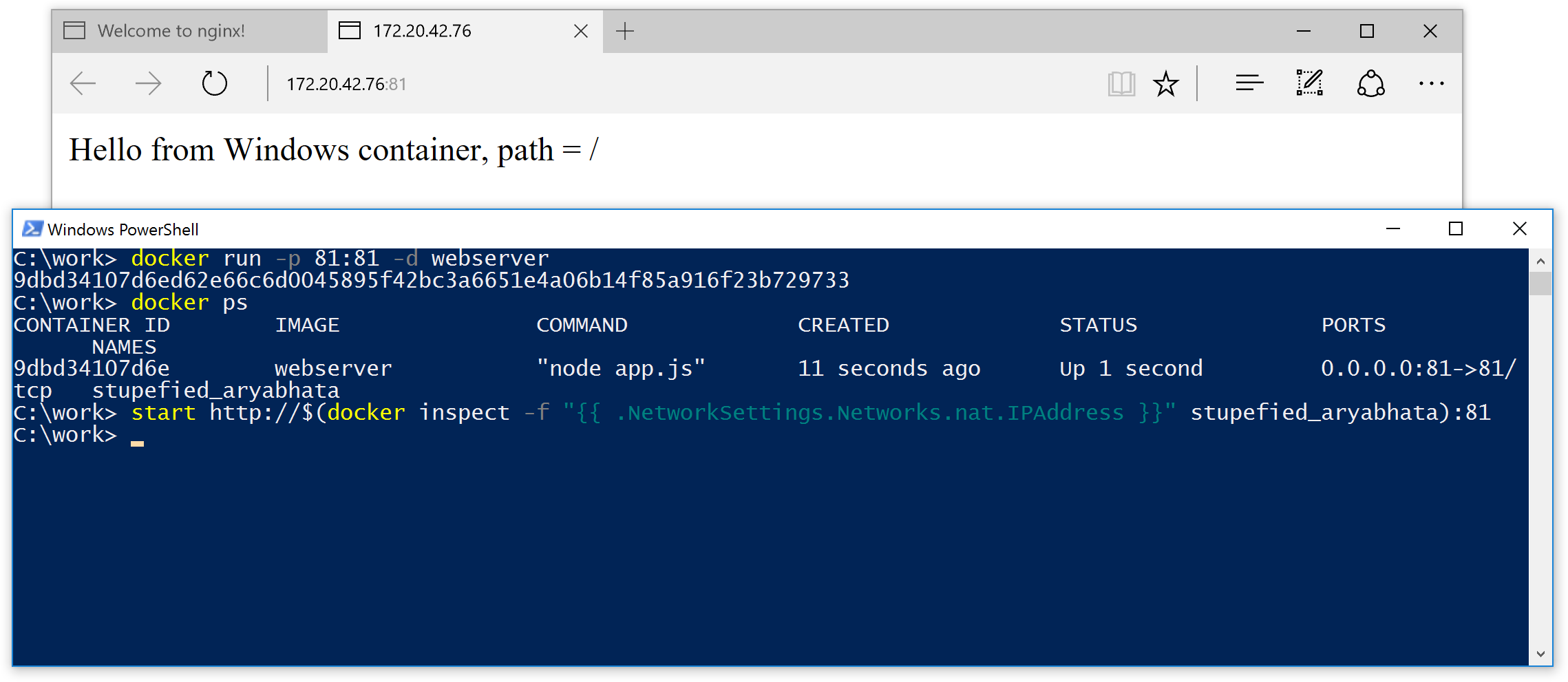

It is limited to containers within a single host running the Docker engine. Bridge Networksīridge networking is the most common network type. The most common network types being: bridge, overlay, and macvlan.
HOW TO KNOW DOCKER IP ADDRESS DRIVERS
See Docker Documentation: Default Networks › Docker Network Typesĭocker comes with network drivers geared towards different use cases.

Each new Docker container is automatically attached to this network, unless a custom network is specified.īesides docker0, two other networks get created automatically by Docker: host (no isolation between host and containers on this network, to the outside world they are on the same network) and none (attached containers run on container-specific network stack). When Docker is installed, a default bridge network named docker0 is created. See Docker Documentation: Network Containers › Docker Default Networking (docker0) Additionally, clients from the outside world will need to access the web application container. Docker supports different types of networks, each fit for certain use cases.įor example, building an application which runs on a single Docker container will have a different network setup as compared to a web application with a cluster with database, application and load balancers which span multiple containers that need to communicate with each other.
HOW TO KNOW DOCKER IP ADDRESS INSTALL
Now you can install the self-signed cert into the application/server you are trying to run. While there is a lot there, you are looking for a couple lines like this: X509v3 Subject Alternative Name: This will output the contents of the cert for you to inspect.

So how do I create a self signed certificate for an IP Address? Obviously, you never want to run with a self-signed cert in production, but you can use them to run and test Apache web servers, Nginx, Express.js servers, and many more. Woah - that’s a mouthful! While this is one somewhat complicated case, there are lots of other reasons you may want to create a self-signed certificate. I am working on setting up a Kubernetes cluster using Rancher on a set of VirtualBox VMs managed by Vagrant to run applications in Docker containers.


 0 kommentar(er)
0 kommentar(er)
